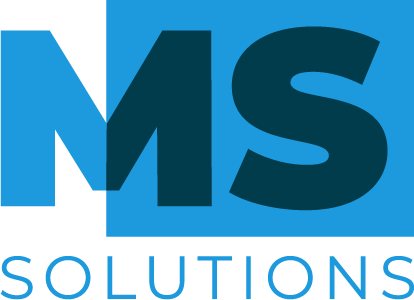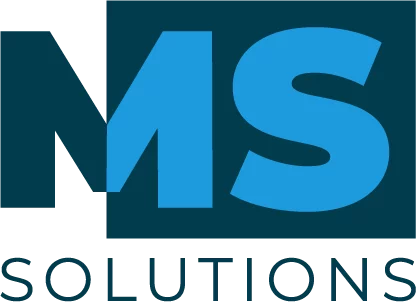Open Web Application Security Project (OWASP) is an online community working on web application security. Its purpose is to publish web security recommendations and to offer Internet users, administrators and companies reference methods and tools to control the level of security of its web applications.
From OWASP’s research, we have brought together 7 of the most important, major flaws found in most security systems.
1. Injections
Most web applications are linked to a database. This database is used to store and retrieve all the data and information related to this application.
The most famous injections are SQL injections. When you browse your application, you are in contact with the database. An SQL injection consists of modifying the request sent, in order to bypass verification and thus recover data, access pages normally inaccessible from the application, or connect to an account that does not belong to us.
2. Authentication and Session Management Violation
By bypassing website authentication, you can gain access to almost all confidential user data. This is a complex problem to solve, as each site has its own authentication system.
But OWASP does provide some general advice to help prevent data theft. Of primary importance is using strong and complex passwords. The more the password length increases, the more complex the attack needs to be, and the lower its chances of success.
3. Exposure of Sensitive Data
One of the most common vulnerabilities exploited in cybercrime is easy access to sensitive data. This involves the exposure of compromising data that should have been kept confidential and protected.
Exposed data that requires protection includes passwords, credit card numbers, personal information, and anything else similar that needs to be kept confidential.
Here are some solutions to prevent data leaks:
– Classify the data processed, stored or transmitted by an application
– Make sure you encrypt all sensitive data
– Apply controls according to the data’s classification
– Do not store sensitive data unnecessarily
4. Use of Components with Known Vulnerabilities
Nowadays, even simple websites like personal blogs have a lot of additions, and failure to update all the software on the back-end or front-end of a website can result in serious security threats.
For example, the Hacked Website Report for 2017 has a section dedicated to outdated CMS. This report shows that at the time of infection:
– 39.3% of WordPress websites were outdated
– 69.8% of Joomla! websites were outdated
– 65.3% of Drupal websites were outdated
– 80.3% of Magento websites were outdated
5. Violation of Access Control
In website security, access control means limiting the sections or pages that visitors can reach. They should not, for example, have access to the administrator page or customer data.
By accessing the access management module, cyber criminals gain direct access to the hosting administration /control panel, to the administrative panel of the website, to other applications on your server, or to a database. With this access, attackers will be able to see confidential files, modify the data of other users, and change access rights.
6. Bad Security Configurations
Hackers are always looking for ways to break into websites, and improper security configuration can be an easy way in. Here are some examples of services that hackers typically attempt to exploit to gain unauthorized access: unpatched faults, default configurations, unused pages, and unprotected files and directories.
At MS Solutions, we can conduct tests to find out if your security configuration is weak. We have many effective techniques to probe the security of your platforms. If you want to know more, do not hesitate to contact one of our specialists.
7. Insufficient Supervision
The importance of website security cannot be understated. While 100% security is not a realistic goal, there are ways to regularly monitor your website so that you can act immediately when something happens.
Lack of effective logging and monitoring processes can increase the risk of website compromise.
Keeping audit logs is essential to staying on top of any suspicious changes to your website. An audit log is a document that records events on a website, allowing you to spot anomalies and confirm with the manager whether an account has been compromised.
At MS Solutions, our experts are skilled at performing audit tests; do not hesitate to contact us to prevent any risk of cyber attack in your business.
It is very important to be vigilant about the security of your website/web application, and to prevent, through certain measures, all possible cyberattacks. To do this, ask one of our experts, on standby to answer your questions.




